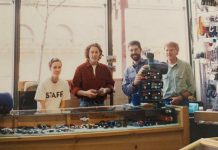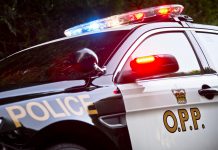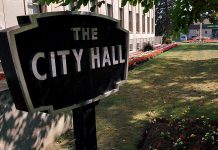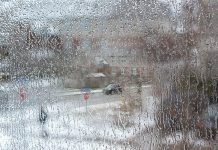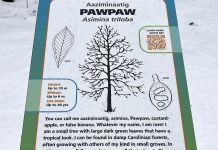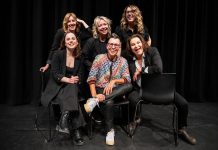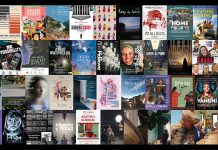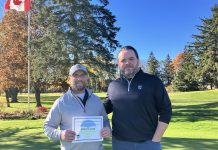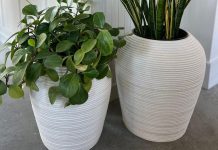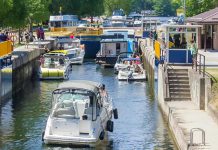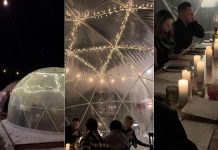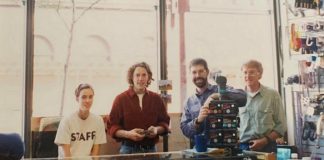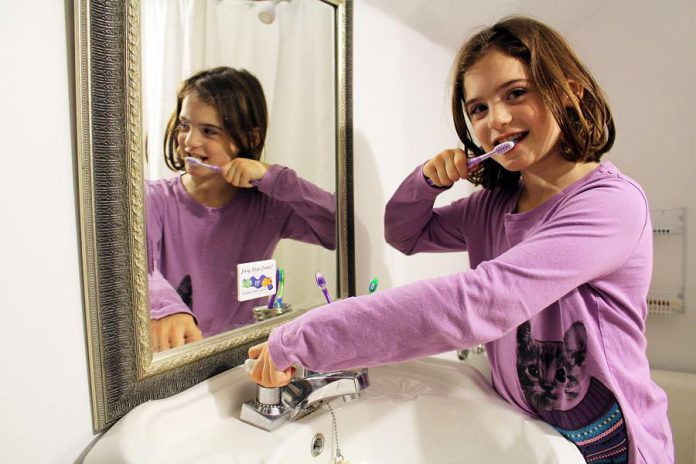
What is colourless and odourless, has a powerful erosive force, and is essential for all life? If you answered “water”, then you are correct.
Water also makes up about 50 to 75% of the human body, depending on age, sex, and body fat and muscle composition. Human lungs are about 83% water, the brain and heart are 73% water, and our skin is 64% water. Considering that we are water, it makes sense that we should know more about it and value it as it exists around us in our local waterways.
In Peterborough, we obtain our drinking water from the Otonabee River. The Water Treatment Plant, located near the Riverview Park and Zoo, cleans and disinfects our drinking water from parasites such as E. coli bacteria, Giardia (or “beaver fever”), and Cryptosporidium (or “Crypto”).
Our drinking water is checked 20,000 times per year — or once every 30 minutes — to ensure that it is clean and safe for our consumption. The water then travels to our homes and businesses for us to drink and use.
Unfortunately, we Canadians are not efficient with our water. Our average consumption is 225 litres of water per person per day; yet only 50 litres per person per day are required for drinking, cooking, and hygiene purposes. Most of our home water use is not for consumption — and the bathroom is the most water-intensive room in our homes.
Here are some tips for reducing our home water use.
1. Consider switching to a dual-flush, low-flush, or composting toilet
Nearly one-quarter of our daily water use is in flushing the toilet.
Older toilets (prior to 1993) can average 13 to 30 litres per flush, although newer models are more efficient.
2. Drink tap water
Producing one litre of bottled water requires a 1/4 of a litre of fossil fuels and three litres of water (two to create the plastic bottle and one to fill it).
It takes 299 litres of water to make one litre of pop, and alcoholic beverages and juices are similarly water intensive.
3. Turn off the tap while brushing your teeth and turn off the showerhead while you shampoo
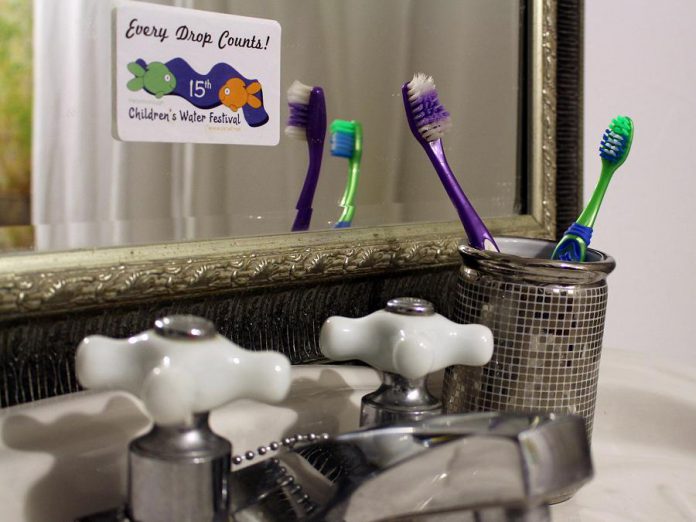
You will save about 15 to 20 litres of water per minute if you turn off the water while brushing your teeth or while you are shampooing in the shower.
4. Wash laundry and dishes only when there is a full load
This can save 1,100 to 3,000 litres of water a month.
Dishwashers use less water than handwashing, but if you do hand wash, make sure to plug the sink rather than running the water.
5. Flush only the 3Ps: pee, poop, and toilet paper
After our use, water leaves our homes as wastewater and travels to the Water Treatment Plant. Once the solids are removed and the wastewater is treated, the water returns to the Otonabee River. The fifth tip focuses less on consumption, and more on proper use of water to ensure that we keep our treatment facilities running efficiently and our local waterways clean.
Paint, baby wipes, dental floss, medications, and fats and grease can cause problems with the sewage system and will pollute our waterways. Dispose of these items properly rather than flushing them down the toilet or drain.
Water is a precious resource that we regularly use in our homes to bathe, clean, and drink. Proper use and consumption is the way to greater health of our bodies, minds, and local waterways.
Jenn McCallum is the Coordinator of Water Education Programs at GreenUP. For more information about the Peterborough Children’s Water Festival or the Wonders of Water pilot program, contact her at 705-745-3238 ext. 208 or jenn.mccallum@greenup.on.ca.


